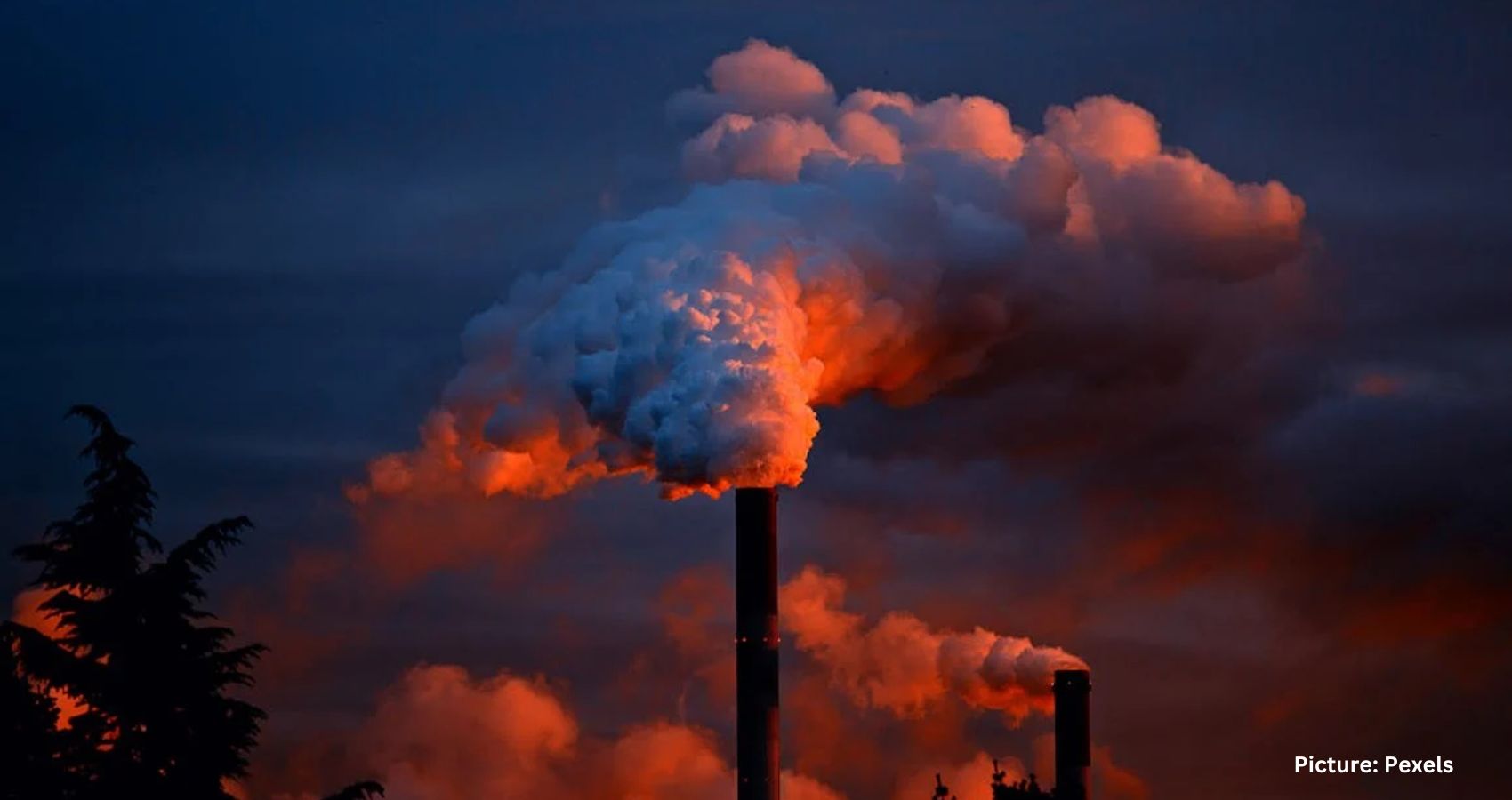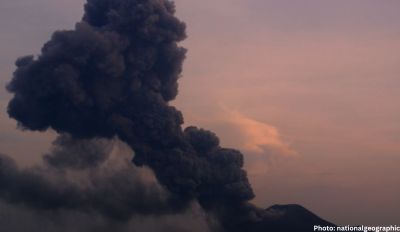For several decades, scientists worldwide have observed with growing concern that girls are entering puberty at increasingly younger ages compared to previous generations. Key indicators of adolescence, such as the onset of menstruation (age of menarche) and the commencement of breast development, are occurring progressively sooner.
Research indicates that American girls today begin menstruation up to four years earlier than girls a century ago. Recent data reveals that while girls born between 1950 and 1969 typically began menstruating at an average age of 12.5 years, this decreased to 11.9 years for girls born in the early 2000s. This trend is not limited to the United States but is evident globally. South Korean researchers, for instance, have noted a dramatic 16-fold increase in the number of girls showing signs of precocious puberty (either breast development or menstruation before age eight) between 2008 and 2020.
“We’re also seeing that these decreasing ages at puberty are even more pronounced in lower socioeconomic status groups and ethnic minority groups,” says Audrey Gaskins, an associate professor at Emory University in Atlanta. “This has important implications for long-term health.”
Researchers like Gaskins are particularly concerned that earlier puberty might trigger a cascade of events with significant consequences in adulthood. Data suggests it may shorten the fertility window, especially if these women enter menopause sooner, and could reduce overall lifespan. Precocious puberty has been repeatedly associated with a higher risk of diseases such as breast and ovarian cancers, metabolic syndromes like obesity and type 2 diabetes, and cardiovascular disease.
Scientists are still exploring the reasons behind these associations. Brenda Eskenazi, a professor of public health at the University of California, Berkeley, explains one theory: “There’s some theories that having a longer window of exposure to hormones increases risk for reproductive cancers,” suggesting that prolonged exposure to sex hormones like estrogen might elevate tumor development risks by stimulating cell growth.
There are also potential social consequences. Eskenazi points out that girls who enter puberty earlier are more likely to become sexually active sooner. “There’s a scary situation in the United States when we have the trend of abortion becoming illegal and contraception not being available,” she says. “It’s going to lead to more unwanted teen pregnancies, so that confluence of factors is very frightening.”
The question then arises: why is child development being accelerated in this manner?
From Obesity to Air Pollution
Puberty onset is regulated by two key communication networks in the body: the hypothalamic-pituitary-adrenal (HPA) and hypothalamic-pituitary-gonadal (HPG) axes. These connect the brain’s hypothalamus, which regulates essential functions from hunger to temperature control, with hormone-secreting glands.
Gaskins notes that until recently, childhood obesity was considered the primary cause of premature puberty, with proteins produced by fat cells (adipokines) stimulating the HPA and HPG axes. “It’s only recently that people have been like, ‘Oh that doesn’t explain it all, and there have to be other factors involved,'” she says.
Recent studies, however, have identified another surprising cause: air pollution. Much of this research has emerged from South Korea, where cities like Seoul, Busan, and Incheon rank among the world’s most polluted. A review from Ewha Womans University in Seoul highlighted a consistent relationship between exposure to various pollutants and earlier puberty onset.
Toxic gases such as sulfur dioxide, nitrogen dioxide, carbon monoxide, and ozone, released through vehicle emissions or industrial waste, are major culprits. A 2022 study in Poland, a country with significant air quality issues due to coal-burning factories, linked higher exposure to nitrogen gases with menstruation beginning before age 11.
An even greater concern is fine particulate matter (PM), tiny particles from sources like construction sites, wildfires, power plants, vehicle engines, and unpaved roads. In October 2023, Gaskins and colleagues found that U.S. girls exposed to high levels of PM2.5 (particles less than 2.5 micrometers in diameter) and PM10, both in utero and during childhood, were more likely to start menstruating earlier.
“PM2.5 particles can enter the bloodstream pretty readily,” Gaskins explains. “You inhale them into your lungs, and they’re not filtered out like some of the bigger particles would be, and they can then reach different organs. We’ve seen certain PM2.5 particles accumulating in the placenta, fetal tissues, the ovaries, they can get everywhere.”
Studies have shown that chemicals within these fine particles can interact with hormone receptors involved in development, particularly androgen and estrogen receptors, potentially triggering a chain reaction leading to puberty.
“That was our primary hypothesis, that the girls who had higher exposure to PM2.5 were also exposed to more chemicals that were either mimicking estrogen or just generally disrupting that HPA axis and its regular signals, prompting the body to go into puberty earlier,” says Gaskins.
Multiple factors likely contribute to premature puberty. Gaskins suggests that evidence related to PM2.5 and other pollutants is one example of how harmful environmental chemicals can infiltrate the body, causing significant hormonal changes.
“Pre-pubertal girls are an interesting group because another major route of exposure to chemicals which disrupt hormonal processes is through personal care products,” she says. “And there’s now a lot of companies actively going after that demographic and marketing products to them.”
Eskenazi adds that there is much we still don’t understand about the complex interplay between our changing environment and child development. Factors such as microplastics and climate change also remain largely unexplored. “I think we’re still just at the tip of the iceberg,” she says. “We don’t know how a hotter climate is affecting the menstrual cycle or even the role of social factors, pressurizing girls to grow up sooner. But this trend is very real, and it could be a multifactorial combination of environmental chemicals, obesity, and psychosocial issues which are combining to lower the age of menarche.”










